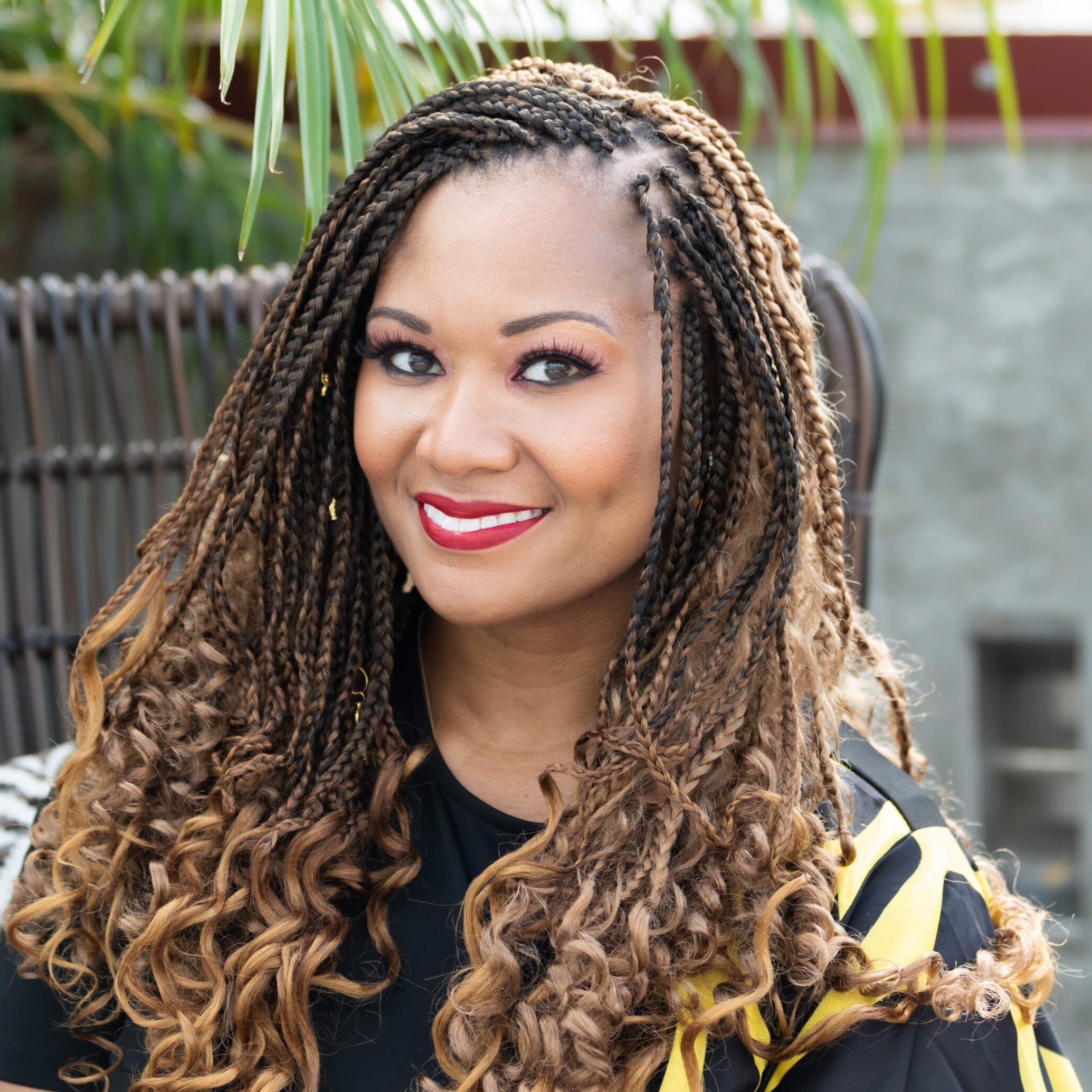Get Comfortable Being Uncomfortable: Engaging in Dialogue About Race and Bias
Last updated October 17, 2022Course Length
2h 36m
Last Updated
October 17, 2022

Get Comfortable Being Uncomfortable: Engaging in Dialogue About Race and Bias
Last updated October 17, 2022Table of Contents
Gain confidence in entering conversations about race and inequity.
Overview
Feelings of defensiveness and discomfort are common when engaging in conversations around race and bias. Even those who have done extensive reading on these emotionally-charged topics can find themselves fumbling if they haven’t yet reflected on how their own identities and biases impact the way they show up in the world—and in these difficult conversations.
To get more comfortable engaging in these dialogues, we must first lean into the discomfort of individual reflection and actions that prepare us to enter them in an open and effective way. Join us for a two-hour virtual training followed by a one-hour Q&A where we will explore four key concepts and how they come into play during conversations around race and bias:
- Sources of Bias
- Intersectionality
- Triggers of Bias
- Unpacking Bias
You will be given a workbook of activities, tools, and resources to help you move beyond simply understanding the definitions of these key concepts. Throughout the workshop, you will begin the hard work of making meaning of how race and bias play out in your life and any conversation you enter.
Who should attend?
Whether you are a faculty member, frontline staff, or a campus leader, this virtual training will help you move beyond a baseline readiness to effectively engage in conversations around race and bias. You will be equipped with tools and best practices to help you feel more comfortable participating in these dialogues in the future.
Agenda
- Where does racial bias come from? How does it play out on your campus, in your career, and in your personal life?
- How might intersectionality impact conversations around race and bias? What nuances should be considered when entering these conversations with students or colleagues?
- In what ways do your social identities impact your personal and professional life? How do they show up during difficult conversations?
- How can we engage in conversations in a non-triggering way?
- What steps can we take to remove our defensive posture and come to the table ready to effectively listen and learn with, and from, one another?
- When should you step up and when should you step back during these dialogues?
- The process of unpacking your own bias is a constant journey and doesn’t happen in a two-hour workshop. Building upon the best practices and key considerations we have discussed so far, you will work to identify your own areas of strength and discomfort in this space. Through a series of discussion prompts and individual reflection activities, you will develop an individual action plan to help move you forward on your journey towards becoming more effective during conversations about race and bias.
- In this part of the training, participants will have an opportunity to ask the speaker questions and reflect on specific situations.
Related Programs/Products
Dr. Sandra Miles has also facilitated Engaging in Racial Inequity Dialogue: An Educational Series which is a 6-part series that has received high praise from attendees. We recommend you engage with this training series as the next step of your learning journey. All components of this series are included free with your Academic Impressions Membership.
Tagged In
$595


